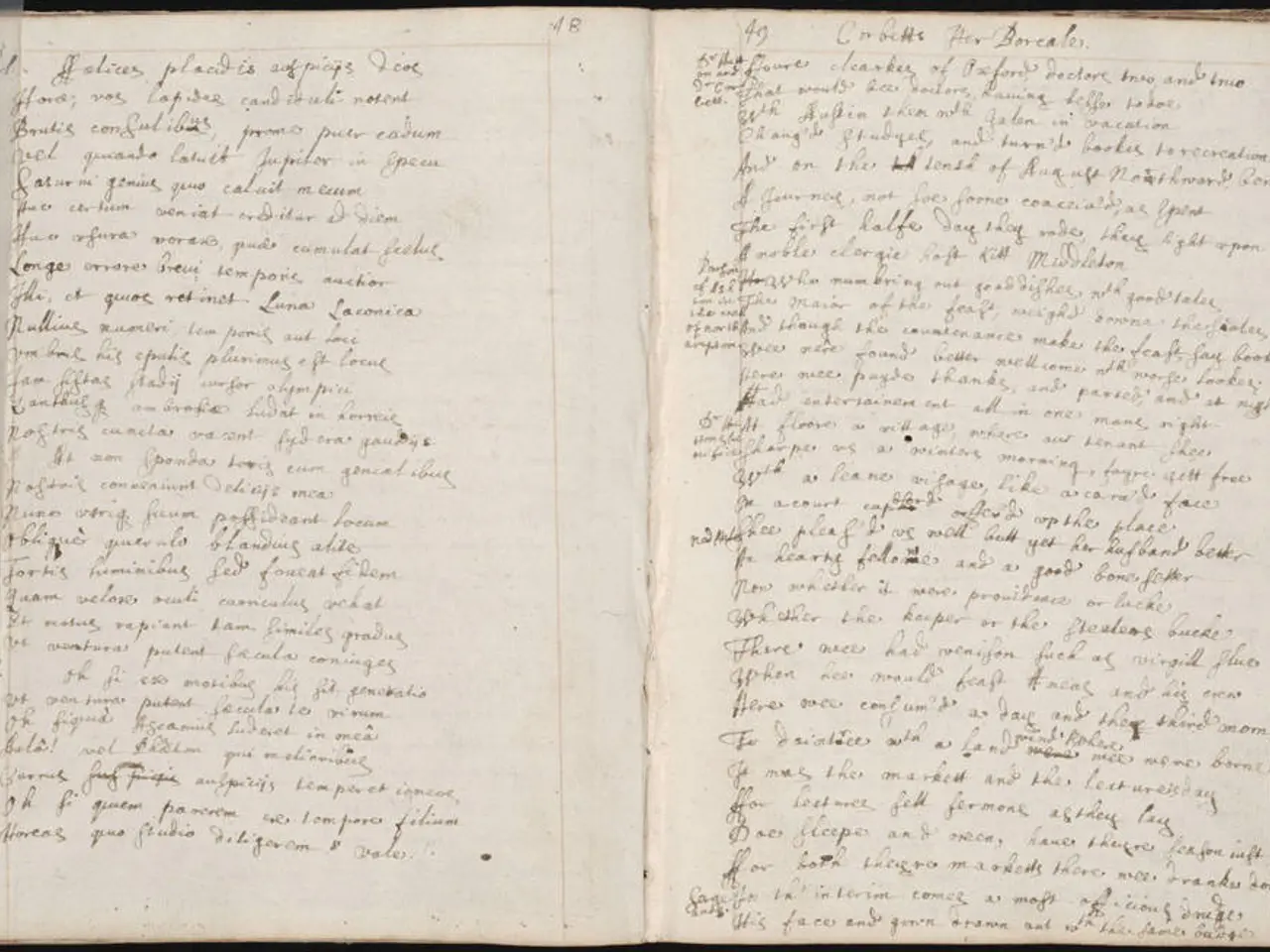Options for Self-Editorial Adjustments
==================================================================
For any author who has just completed the first draft of a novel, the journey to publication is far from over. Self-editing is a crucial step in preparing your manuscript for the eyes of a professional editor. Here are some effective strategies to help you polish your work before seeking that all-important professional edit.
Take a break
After completing your draft, it's essential to let your writing sit for a while. Gaining emotional and mental distance will help you see your work more objectively when you return to it. A recommended break period is at least 2-3 weeks, or even a month or longer.
Read it aloud
Reading your manuscript out loud can help identify awkward phrasing, rhythm issues, or unclear sentences that silent reading often misses. This simple technique can help maintain your interest in the work while also improving its clarity.
Change your reading approach
Reading your text backwards, paragraph by paragraph, can break the usual reading flow and help you identify errors or weak sections independently of context. This method can provide a fresh perspective on your writing.
Cut the fluff
Focus on eliminating unnecessary words, especially common filler terms like "that," "just," or "now" which often weaken clarity and pacing. Reducing these words can help tighten your prose and make it more impactful.
Reduce filter words
Filter words, such as "seemed," "felt," or "noticed," can distance the reader from the narrative. To make your prose more immediate, try to avoid these words and make your writing more direct.
Organize effectively
Ensure that each chapter and scene has a distinct purpose, and that shifts in location, time, or point of view are well marked. Pacing should suit the narrative need, with scenes appropriately speeding up or slowing down as required.
Focus on dialogue mechanics
Pay attention to dialogue mechanics, such as using simple dialogue tags like "said," avoiding adverbs, ensuring dialogue fits character voice, and reading dialogue aloud to verify its naturalness and consistency.
Check character consistency
Ensure that your characters' actions and speech reveal their traits without redundancy or exposition overload. Consistent characters will help immerse readers in your story.
Multiple passes
Apply multiple passes focusing on different levels, such as developmental structure, line clarity, copy editing for grammar/mechanics, and proofreading. This thorough approach will help polish your manuscript before professional editing.
Join a writing group
Joining a writing group, either in-person or virtual, can provide constructive criticism and support. Diversifying the writing group with writers from all genres and writing forms can offer a variety of opinions and insights.
Don't forget the professionals
Self-editing is important but does not replace the work of a skilled developmental editor, copy editor, and proofreader. These professionals will help you take your manuscript to the next level.
Related articles
For more tips on writing, check out these related articles:
- Completing My First Draft: Three Things I've Learned
- What Can You Write in 15 Minutes?
Share this article
If you found this article helpful, please consider sharing it on your favourite social media platforms:
- X
- Tumblr
[1]: Source 1 [2]: Source 2 [3]: Source 3 [4]: Source 4 [5]: Source 5
After polishing your first draft through multiple passes and self-editing, you might consider incorporating lifestyle elements into the story for a more engaging narrative. For instance, detailed descriptions of a character's home-and-garden could help distinguish their personality and add depth to the novel's setting.
Furthermore, sharing your work with a writing group focused on various genres and writing forms could help broaden your understanding of different lifestyles and inspire innovative home-and-garden setting ideas for your story.




